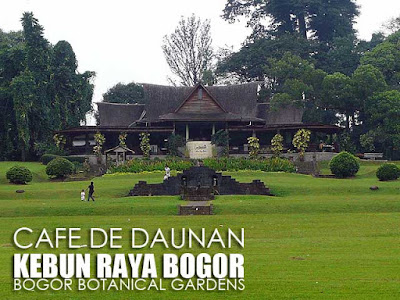
For my second day in Ubud, I decided to hire a vehicle for a road trip around Bali to get to the different temples and views. Unfortunately, there is no public transportation that will get you straight to the temples. But the good thing is that hiring a vehicle is not that expensive and is actually the best option if you want to see everything in a day.
I spent about Rp350,000 (roughly Php1,750) for an air-conditioned SUV with driver that took me to the various sites around the island. Make sure as well that you get a sarong which you will need to enter the temples. It's quite strict because the sites are holy to the Balinese and very much in use for daily worship. So don't expect to get to enter without one.

Our first stop for the day was Goa Gajah or Elephant Cave which dates back to the 9th century. The mouth of the cave is carved with menacing creatures and demons. The primary figure was mistakenly thought to be an elephant, which is why it is referred to as Elephant Cave. Although there is a statue of Ganesh inside the cave. Beside the cave is a bathing temple which was excavated only in the 1950s. Goa Gajah is in the tentative list of the UNESCO World Heritage List. Entrance to the temple is Rp15,000.


After Goa Gajah, we proceeded to Tampak Siring, also known as Tirta Empul or the Holy Spring Temple. One of the main features of this temple is a spring which the Balinese believe can heal various of diseases. Thus, it's visited regularly by the locals for rituals and to sanctify themselves. Entrance to the temple is Rp15,000.
Further inside Tampak Siring are more structures which also serve as a place for offerings and ceremonies. Before you enter, you will be asked to wear a yellow piece of cloth around your waist. I was lucky that as I was about to exit Tampak Siring, a Galungan Ceremony or Balinese temple offering was about to take place.


Before proceeding to Penelokan for a wonderful view of Gunung Batur and Danau Batur (Mt. Batur and Lake Batur), my driver brought me to a coffee plantation in Temen which is visited by tourists because of the luwak coffee (alamid or civet cat coffee).
The public area has a garden which shows the various crops in the plantation such as cacao, vanilla, and of course the coffee, both arabica and robusta. They also demonstrate the processing of coffee beans. And you could also try out the luwak coffee which is not cheap! From there, we were off to Penelokan.













































